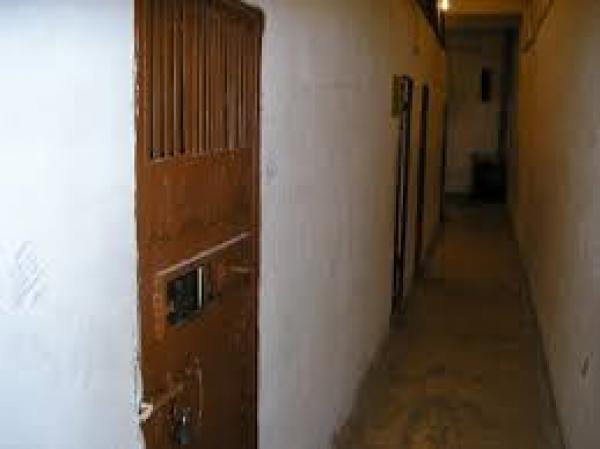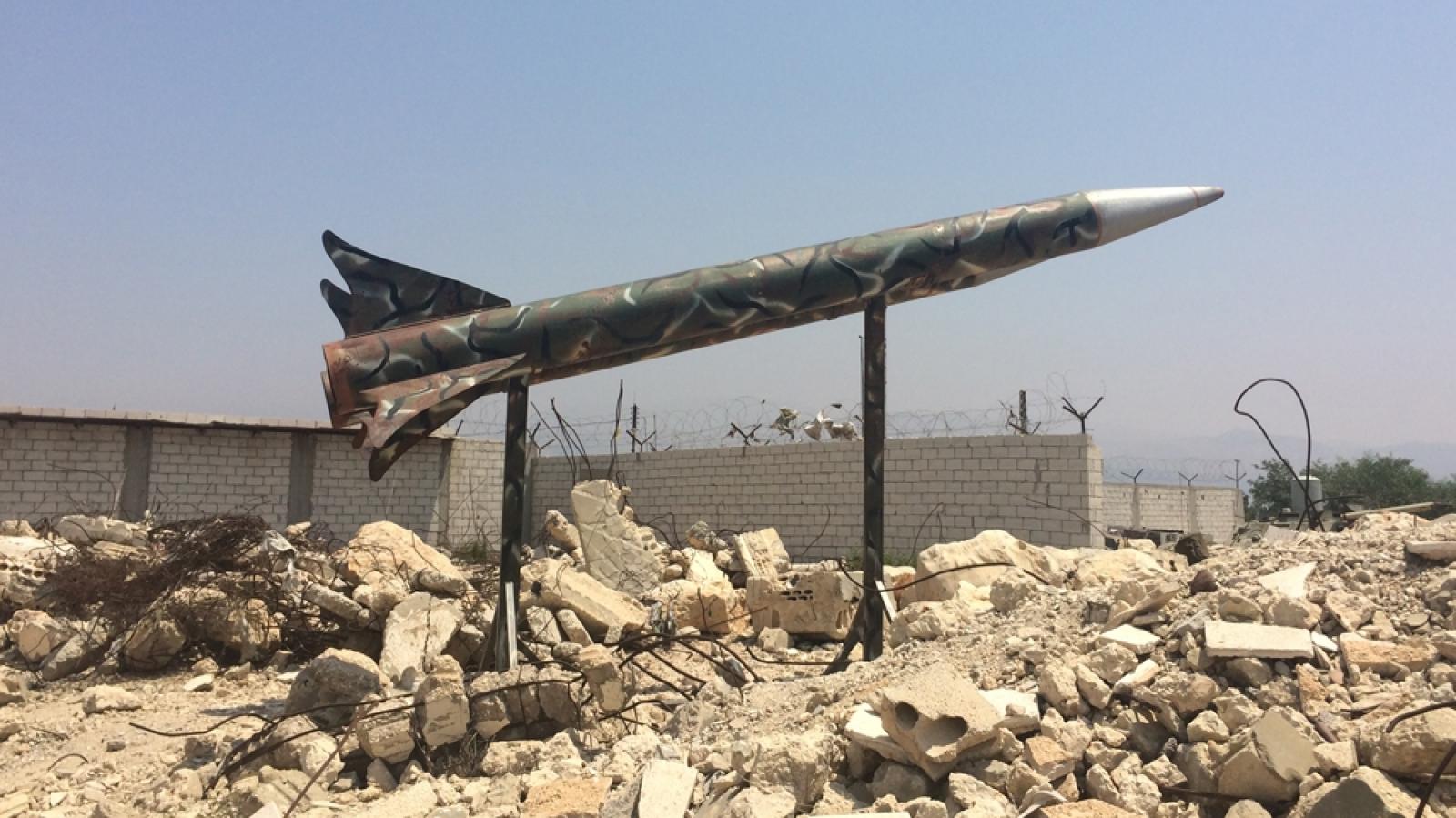Khiam Detention Center
For nine years following the establishment of Khiam as a detention and interrogation center detainees were not permitted access to lawyers or to the International Committee of the Red Cross.
The Khiam Detention Center is located in the village of Khiam in the south of Lebanon, less than five kilometers to the border of Israel/Palestine. The center used to be a French barrack in the 1930s and later became a military base for the Lebanese Army before falling under the control of the South Lebanon Army (SLA), a Lebanese Christian militia which was closely allied with Israel during the Lebanese Civil War. In early 1985 the base was transformed into a prison camp which was in use until Israel's withdrawal from Lebanon in May 2000. The Israeli Army entered Lebanon on June 6, 1982 occupying, in the beginning, the south of the country. Israel has denied any involvement in Khiam, claiming to have delegated the operation of the detention camp to the South Lebanon Army (SLA) as early as 1988.
In a court case brought by Israeli human rights lawyers, the Israeli Defense Ministry admitted paying staff at Khiam, training the interrogators and guards, and providing assistance with lie detector tests. Khiam was the main detention facility inside Lebanon where prisoners were detained before being transferred to Israel.
In 1992 Amnesty International reported there were 200 persons detained, including women, and that at least three prisoners had died after being tortured. In a later report from 1997, the estimated amount of prisoners was 130, including at least one woman, and 11 detainees were reported dead, some of them after being tortured, others because of lack of medical treatment. In 1998, the estimates were around 140 detainees, including five women and 10 minors.
For nine years following the establishment of Khiam as a detention and interrogation center detainees were not permitted access to lawyers or to the International Committee of the Red Cross. Between 1987 and 1995, detainees were not allowed access to their families. The torture methods reportedly included electric shocks; suspension from poles; beating; and threats of rape of wives and female relatives. For the first period of detention, for between 10 days and two months, prisoners were usually held in solitary confinement in a cell in which it was impossible to stand or lie. After, these detainees were usually held six to a cell measuring 2.5 meters by 2.5 meters. They were allowed outside for 15 minutes every one or two weeks. On May 23, 2000 (one day before the official announcement of the Israeli withdrawal), 144 prisoners were released. After the withdrawal, the prison camp was preserved in the condition it was abandoned and became a symbol of the resistance to Israel that people can visit. During the 2006 July War, the former prison was destroyed by the Israeli Air Force. For nine years following the establishment of Khiam as a detention and interrogation center detainees were not permitted access to lawyers or to the International Committee of the Red Cross. Between 1987 and 1995, detainees were not allowed access to their families. The torture methods reportedly included electric shocks; suspension from poles; beating; and threats of rape of wives and female relatives. For the first period of detention, for between 10 days and two months, prisoners were usually held in solitary confinement in a cell in which it was impossible to stand or lie. After, these detainees were usually held six to a cell measuring 2.5 meters by 2.5 meters. They were allowed outside for 15 minutes every one or two weeks. On May 23, 2000 (one day before the official announcement of the Israeli withdrawal), 144 prisoners were released. After the withdrawal, the prison camp was preserved in the condition it was abandoned and became a symbol of the resistance to Israel that people could visit. During the 2006 July War, the former prison was destroyed by the Israeli Air Force.

Images
